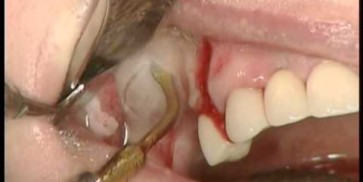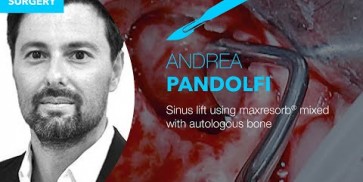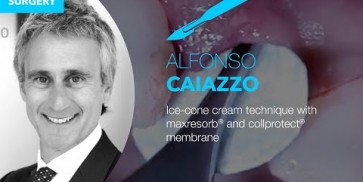
maxresorb®
- Socket and ridge preservation
- Ridge augmentation
- Intrabony defects (1- to 3-wall)
- Furcation defects (class I-II)
- Sinus floor elevation
- Osseous defects
|
- Synthetic, resorbable, safe and sterile
- Volume and mechanical graft stability
- Unique multistep production process
- Macropores from 200 to 800 μm
- 60% HA / 40% ß-TCP
- Osteoconductive
- Ultra high interconnected porosity
- Micropores from 1 to 10 μm
Art.-No. | Particle size | Content | ||
|---|---|---|---|---|
20005 | 0.5-1.0 mm (S) | 1x0.5 cc | ||
20010 | 0.5-1.0 mm (S) | 1x1.0 cc | ||
20105 | 0.8-1.5 mm (L) | 1x0.5 cc | ||
20120 | 0.8-1.5 mm (L) | 1x2.0 cc |
Art.-No. | Dimensions | Content | ||
|---|---|---|---|---|
21211 | 20x10x10 mm | 1xblock | ||
21221 | 20x20x10 mm | 1xblock | ||

The specific composition of maxresorb® promotes the fast formation of new vital bone, ensuring a long-term mechanical and volume stability. The osteoconductivity of maxresorb® is achieved by a matrix of interconnecting pores (with a size ranging between 200 and 800 μm) and a very high porosity of approx. 80%. The high microporosity and nano-structured surface facilitate the uptake and adsorption of blood, proteins, and stem cells. The macropores are ideal for the ingrowth of osteogenic cells and the bony integration.
Please find our free webinars at www.botiss-webinars.com
Kostenfreie Webinare zu Schulungszwecken finden Sie unter www.botiss-webinars.com
Please find our free webinars at www.botiss-webinars.com
Please find our free webinars at www.botiss-webinars.com
Please find our free webinars at www.botiss-webinars.com
Please find our free webinars at www.botiss-webinars.com
Please find our free webinars at www.botiss-webinars.com





































